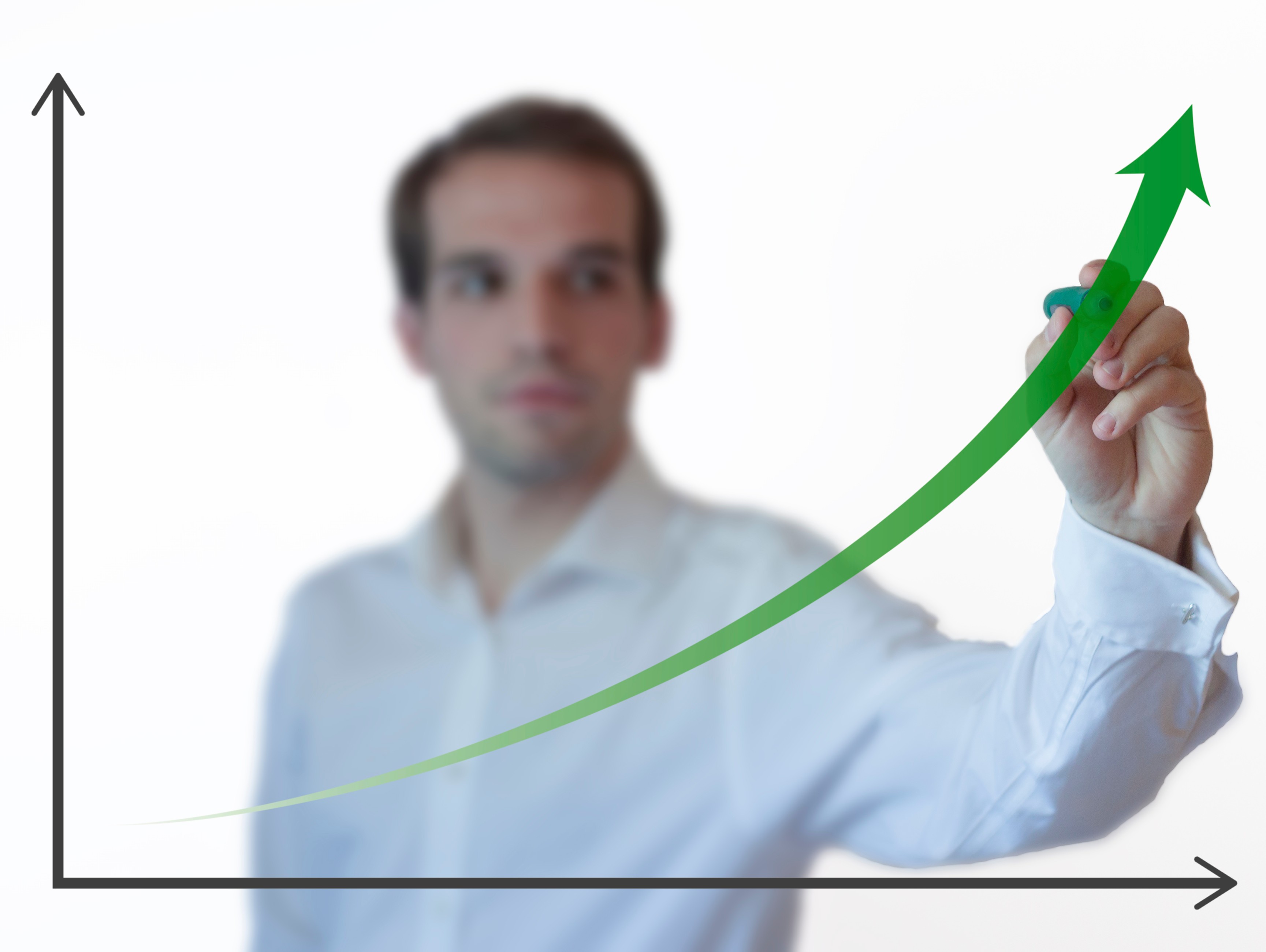“By going the extra mile for your customers you can build better, more sustainable customer relationships over time. And that means more profit.” That is the firm opinion of Bert Bruns of Bridges2Beyond and Walter Temmink of StudioKlant. How can you leverage sustainability to improve your customer relations? The starting point is: ‘Know your customer’.
“Maybe you used to know your customers, their desires and motivations. But is that still the case? After all, the world is changing, your business is changing, and so are your customers. Can you really say you still know your customer?” These are sometimes difficult questions which Walter Temmink (adviser and researcher at StudioKlant) and Bert Bruns (entrepreneur in sustainability, innovation and strategic initiatives at Bridges2Beyond) make businesses face up to. They have more questions: “What do you do if your company’s focus used to be on ‘delivering quality’ and ‘long-term customer relationships’, but business has fallen away over the years? If the benefits, uniqueness and the special way you approached and served your customers (and the reason why they chose your organisation) are no longer as clear? Perhaps because the focus has shifted to carrying out the transaction process as effectively and efficiently as possible, for example. Or because the emphasis has moved to price, with constant pressure on margins.” Temmink and Bruns argue that reversing this process requires a radically different approach.
“Due to its beneficial impact on the entire process, sustainability provides the perfect opportunity to make a fresh start,” says Bert Bruns. “Trends in sustainability, such as the call for transparency, guaranteeing food safety and combating waste (of raw materials, water and energy, as well as end products) require a radical shift by businesses. Both retail and business-to-business segments are affected by the changes and need to reconsider their relationships with their customers. Without an appropriate response, these trends themselves may even constitute a threat,” he believes. “The seizure – justified or otherwise – of horsemeat found in the warehouses of meat wholesaler Willy Selten and indications of product switching have demonstrated once again how abuse further along the delivery chain can jeopardise the reputation not only of your company, but also of an entire sector. Changes are necessary: in purchasing, transportation, suppliers, production processes and in the approach to sales and marketing.”
They believe it is more important than ever to meet consumer needs. “Many people are critical about where their food comes from, how it has been produced and what it contains,” says Bert. “Sales of sustainable food have risen despite the ongoing financial crisis. The market share rose from around 2.1% in 2008 to 5.5% in 2012 (representing a volume of €2.2 billion); that’s a double-digit growth every year! Even if not everyone is that critical, public opinion in the case of shortcomings often has a much bigger impact than it did, say, 10 years ago, partly thanks to Facebook and Twitter campaigns. An example is the Foodwatch campaign against Albert Heijn’s ‘Pure & Honest’ range. At the same time, there are ways for businesses to benefit,” Walter believes. There are plenty of opportunities for entrepreneurs who are prepared to go the extra mile for and with their customers, who aim for transparency and food safety and invest in sustainability. “When you ‘want to’ meet the needs of the consumer rather than ‘having to’, your business gets stronger.”
‘Sustainability affects all aspects of customer demand and business operations.’
In addition to the need to protect health, animals and natural resources, consumers are increasingly motivated by aspirations such as honesty, frugality and smart shopping. “It’s vital to reconnect the organisation with its customers,” says Walter Temmink. “The strategic choice is to focus on either price, product quality or customer relationships. Everything else flows from that choice.”
Temmink and Bruns believe credibility demands a comprehensive approach. The first thing to do is draw up a customer profile summarising insights into customers relating to aspects such as:
“Spend an hour with a range of people in your organisation (from production workers to management) and write the results of your brainstorming on a flip chart,” says Walter. “Try to work out how to reach your customers again, and the best way – i.e. the best customer benefits to offer – to maintain and/or strengthen your customer relationship. How customers can benefit from sustainability will give you a fresh insight. A persuasive presentation of your customer benefits will also encourage customers to look beyond the price alone.” says Bert. In a subsequent phase you can work with customers to map out this customer process by jointly taking a ‘customer journey’. “Find out what is essential for your customers, where you are exceeding their expectations and where you have fallen short in their view. Have the courage to be critical of your own organisation: where can you make improvements?”

“Sustainability affects all aspects of customer demand and business operation, and is a catalyst in the development of the business. In the food sector, around 95% is still not sustainable. In other words, there are plenty of opportunities to stand out from the crowd and exceed expectations,” concludes Bert Bruns. Walter Temmink adds: “Smart entrepreneurs know that these two components generate success and surprise among their customers, who then reward them with extra business and good referrals. That’s how sustainability can be transformed from a threat into an opportunity!”
Source: Vakblad Voedingsindustrie 2014